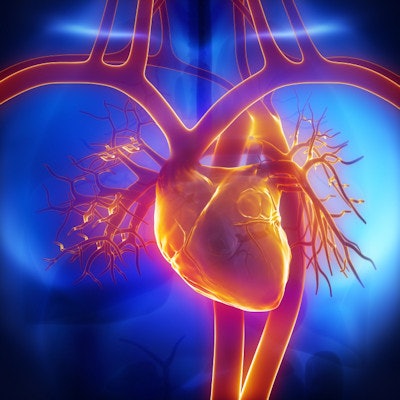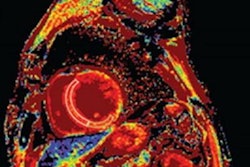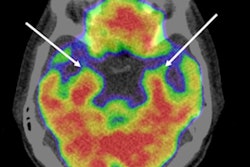
Cardiovascular MRI (CMR) could potentially help clinicians more quickly determine the cause of a condition that could lead to takotsubo cardiomyopathy, also known as broken-heart syndrome, according to a study published April 14 in JACC Cardiovascular Imaging.
Some patients with myocardial infarction with nonobstructive coronary arteries (MINOCA) end up with a diagnosis of takotsubo cardiomyopathy, a condition characterized by reduced heart function related to stress. Cardiovascular MRI is often used with MINOCA patients, usually 10 days after onset, to determine if the event is being caused by broken-heart syndrome or regular heart attack.
Researchers from the Karolinska Institute in Stockholm, Sweden, explored whether an earlier cardiovascular MRI could improve diagnosis and thus treatment.
A team led by Dr. Per Tornvall conducted a study that included 148 patients who underwent a more sensitive cardiovascular MRI technique two to four days rather than 10 days after onset of MINOCA. They found that 77% of patients could be definitively diagnosed (35% with takotsubo and 17% with myocardial inflammation, compared with 19% and 7% in a comparable cohort of patients who underwent CMR at 10 days).
"We don't know how much effect the improved CMR technique has, but the results suggest that with early examination more patients can get a correct diagnosis and therefore the right treatment," Tornvall said in a statement released April 28 by the institute.


.fFmgij6Hin.png?auto=compress%2Cformat&fit=crop&h=100&q=70&w=100)





.fFmgij6Hin.png?auto=compress%2Cformat&fit=crop&h=167&q=70&w=250)











